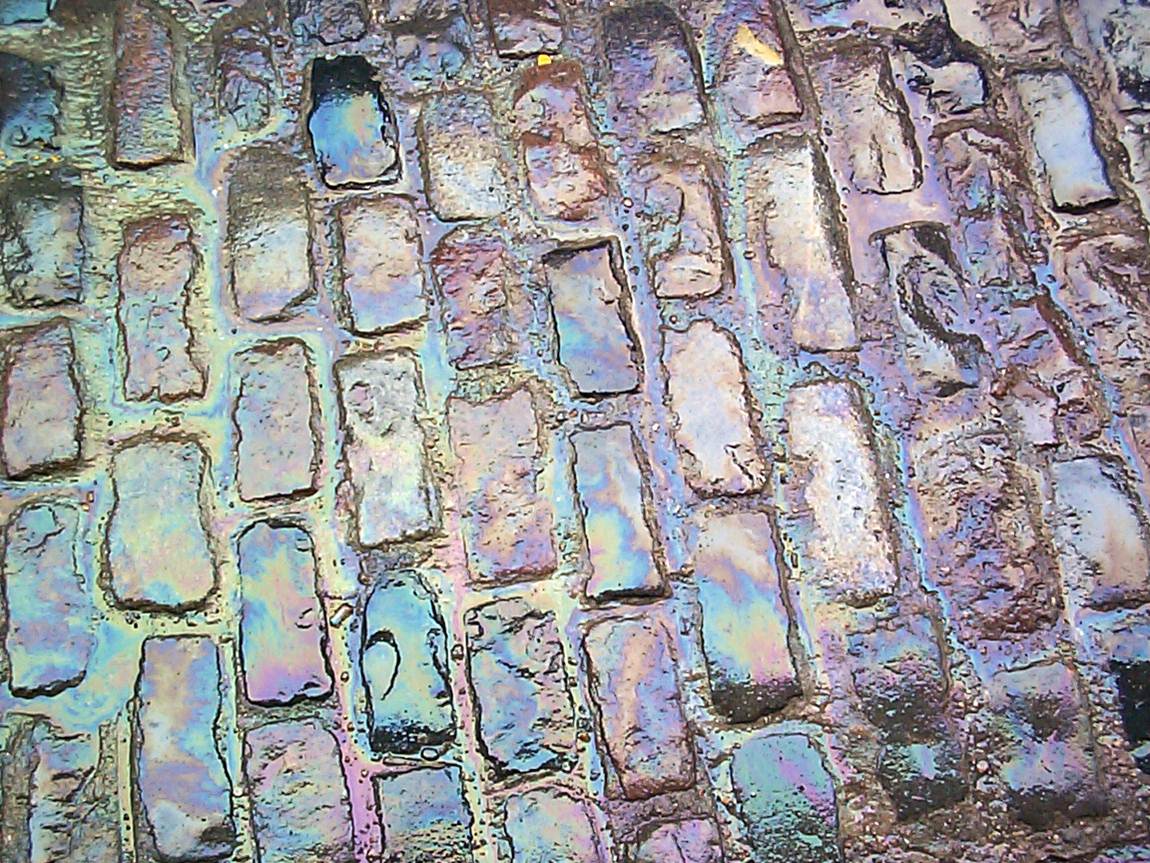- Delivering SuDS
- Using SuDS
- Background
- SuDS principles
- Benefits of SuDS
- Benefits of SuDS
- Why developers should choose SuDS
- Flood risk management
- Water quality management
- Biodiversity & ecology
- Amenity
- Air quality
- Building temperature
- Carbon reduction and sequestration
- Crime
- Economic growth
- Enabling development
- Flexible infrastructure/climate change adaptation
- Education
- Groundwater recharge
- Health and well being
- Pumping wastewater
- Rainwater harvesting
- Recreation
- Tourism
- Traffic calming
- Treating wastewater
- SuDS components
- SuDS components overview
- Source control
- Swales & conveyance channels
- Filtration
- Infiltration
- Retention & detention
- Wetlands
- Inlets, outlets and control structures
- SuDS performance & monitoring
- Delivery
- The costs & benefits of SuDS
- Adoption & maintenance of SuDS
- Legislation & regulation
- Design guidance
- Retrofitting SuDS
- Drainage exceedance
Water quality management benefits
Our activities lead to numerous pollutants (such as oil, sediments, fertilisers, pesticides, animal waste and litter) that can cause diffuse pollution and adversely affect the environment. Often, this is not managed by traditional piped drainage. Pollutants or contaminants can be washed into sewers and eventually watercourses in surface water runoff, making it difficult to comply with water quality legislation.
Some SuDS components provide water quality improvements by reducing sediment and contaminants from runoff either through settlement or biological breakdown of pollutants. This can improve the quality of downstream water bodies such as streams, rivers, lakes, bathing or shellfish waters. Furthermore, where SuDS reduce flows entering combined sewers, this can lead to reduced combined sewer overflow discharges (controlled discharge of surface water runoff and sewage), again improving the quality of the receiving water body. Such water quality improvements (or prevention of deterioration) can lead to a number of benefits including aesthetic, health (eg reduced risk of infection from bathing) or enhanced recreation and opportunities for wildlife and biodiversity (see the pathway diagram below).
Read more on:
- Benefits of SuDS
- Flood risk management
- Biodiversity & ecology
- Amenity
- Air quality
- Building temperature
- Carbon reduction & sequestration
- Crime
- Economic growth
- Education
- Enabling development
- Flexible infrastructure/climate change adaptation
- Groundwater recharge
- Health & wellbeing
- Pumping wastewater
- Rainwater harvesting
- Recreation
- Tourism
- Traffic calming
- Treating wastewater
- SuDS performance and monitoring



